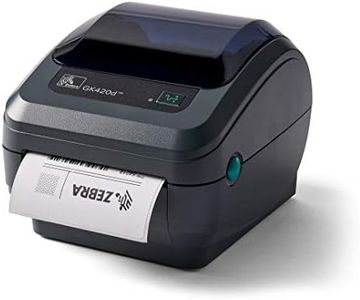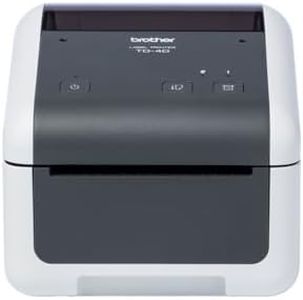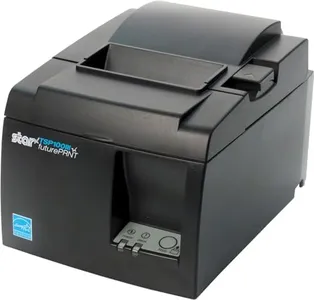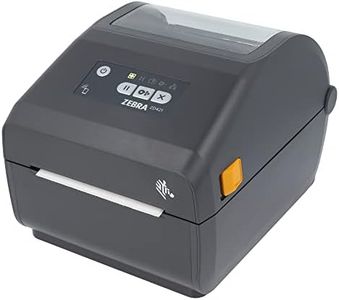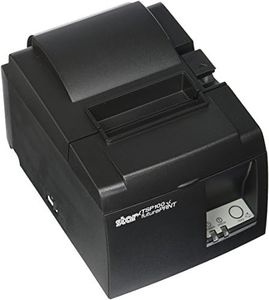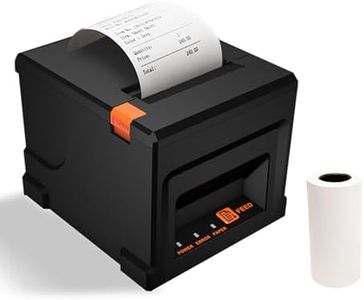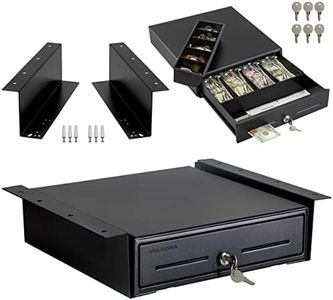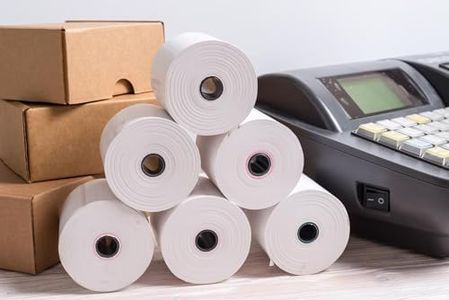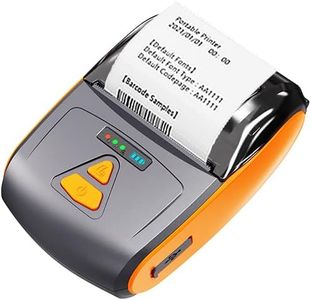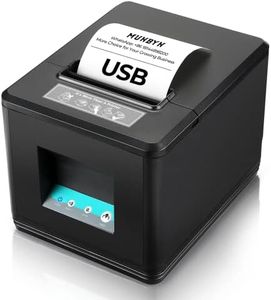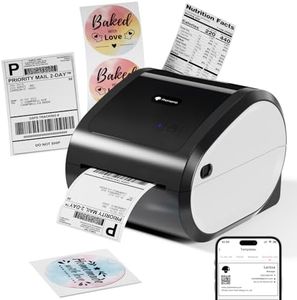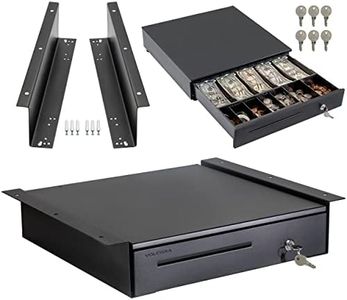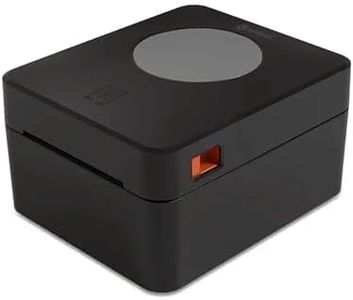We Use CookiesWe use cookies to enhance the security, performance,
functionality and for analytical and promotional activities. By continuing to browse this site you
are agreeing to our privacy policy
10 Best Receipt Printers
From leading brands and best sellers available on the web.Buying Guide for the Best Receipt Printers
Choosing a receipt printer is an important step if you’re setting up a point-of-sale (POS) system for your business, whether it’s a retail store, restaurant, or any situation that requires quick and reliable printing of receipts. The right printer ensures your checkout process is smooth for both your staff and customers, saving time and minimizing technical headaches. To find the best fit, you should consider where and how the printer will be used, how it connects to your other POS hardware, and what kind of receipts or tickets you need to print.Print TechnologyPrint technology refers to how the receipt printer creates an image on paper. The most common types are thermal and impact (dot matrix). Thermal printers use heat to print on special paper, resulting in quiet, fast, and low-maintenance printing—ideal for most retail and food service environments where high volume and speed are priorities. Impact printers use an ink ribbon and pins, making them louder but better at printing on multi-part paper or in hot environments where thermal prints may fade. If you only need basic receipts and speed is important, go with thermal. If you need kitchen order tickets or multi-copy prints, or you're in a hot space, impact might be the right fit.
ConnectivityConnectivity means how the printer links to your POS system or devices. Common options include USB, Ethernet (LAN), Bluetooth, Wi-Fi, and Serial connections. USB is straightforward for a single, close-by computer. Ethernet is great for networked environments with multiple stations. Bluetooth and Wi-Fi offer wireless freedom, useful if your setup moves around or has limited cabling. Serial connections are mostly for legacy systems. Pick a connectivity option that pairs with your POS setup and allows for smooth placement and reliable operation.
Print SpeedPrint speed measures how fast the printer can produce receipts, usually shown in millimeters per second (mm/s). Faster printers keep the checkout line moving and are important in high-traffic settings. Generally, basic models are slower, while advanced ones reach much higher speeds. If your environment is busy and you print long or frequent receipts, look for higher speeds, but for low-volume use, moderate speeds are sufficient.
Paper Size and TypePaper size refers to the width of the paper roll used, which affects how much information you can fit per line. Common sizes are 58mm and 80mm. Larger sizes offer more space for branding and info, while smaller ones are more compact and use less paper. The paper type is mainly thermal or plain (for impact printers). Consider the ease of sourcing and replacing rolls, and how much detail you need to print—choose a size and type that’s compatible with your POS and suitable for your needs.
Cutter TypeCutter type covers how receipts are separated after printing: manual tear or auto-cutter. An auto-cutter cuts the receipt cleanly with each print, making transactions faster and giving a professional finish—a bonus in busy stores or restaurants. Manual tear is simpler and more affordable but can slow things down. Choose auto-cutter for speed and convenience, or manual for lower costs and very light use.
CompatibilityCompatibility means whether the printer works with your POS software, hardware, and operating system. Receipt printers sometimes need specific drivers or software integrations. Before buying, check with your POS software provider about supported models or requirements, ensuring everything will connect and communicate properly to avoid installation headaches.
Size and Mounting OptionsThe physical size and mounting options of a receipt printer determine where you can place it—on a counter, wall, or even under a counter. Compact and versatile designs are easier to fit into limited spaces, while larger printers with specific mounting options may fit particular layouts better. Assess your counter space and workflow to select a printer that fits neatly and won’t disrupt transactions.
